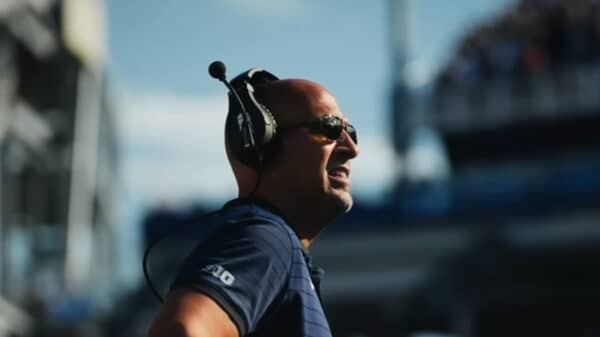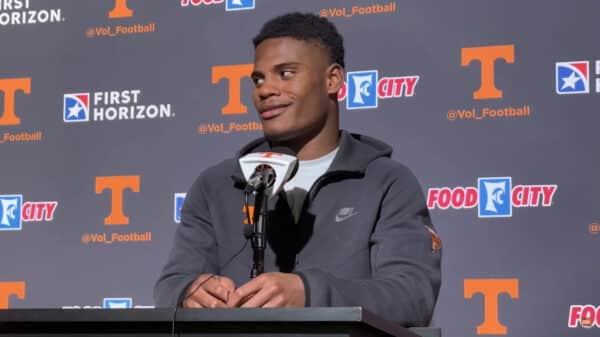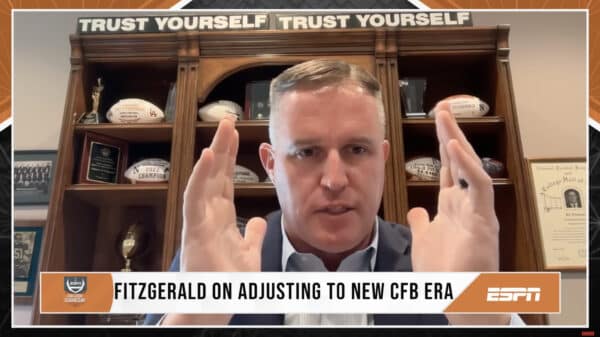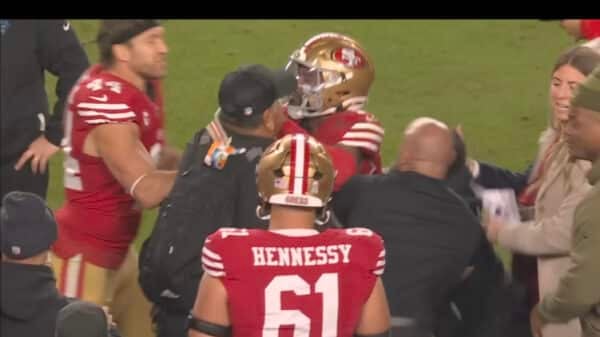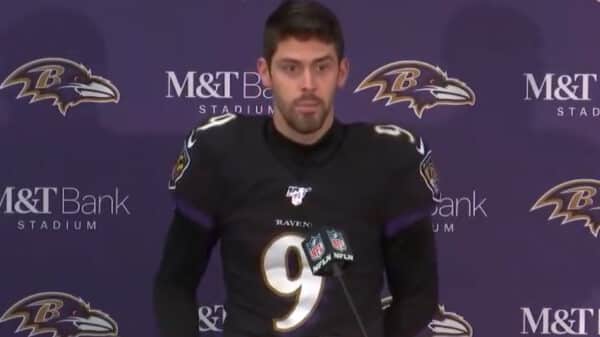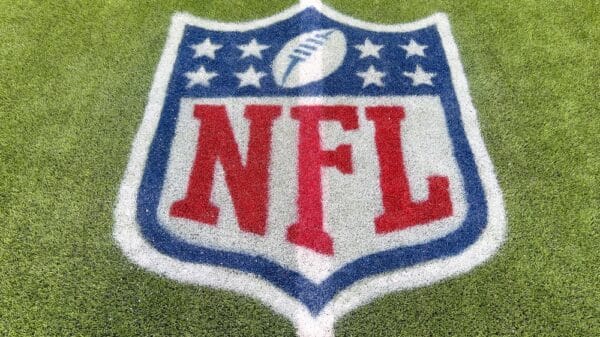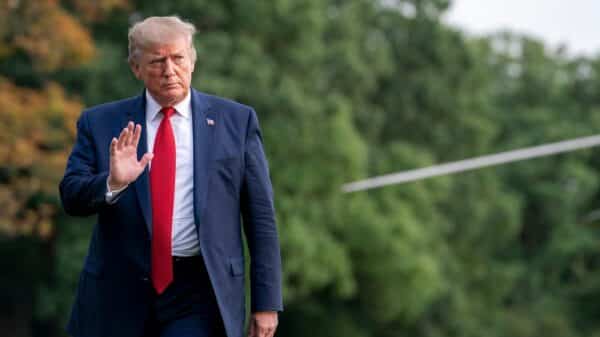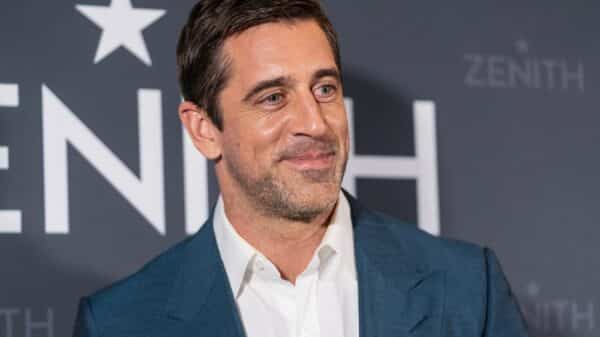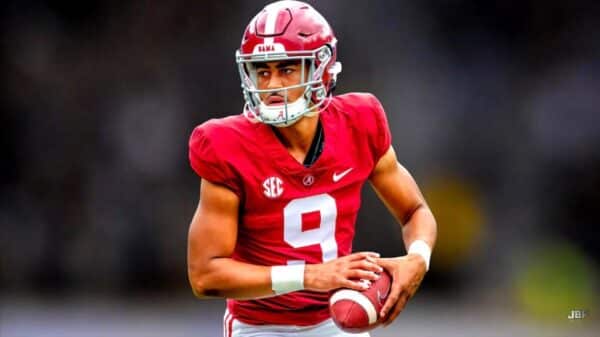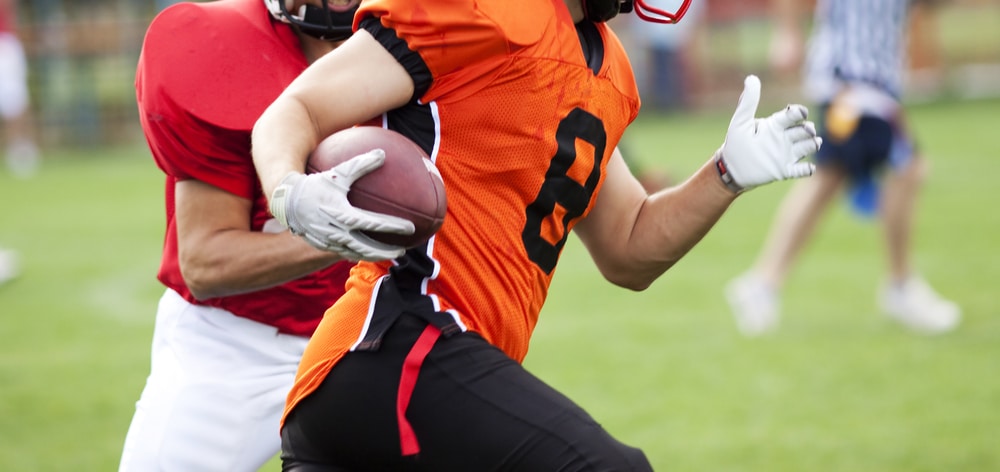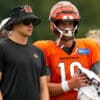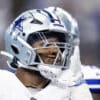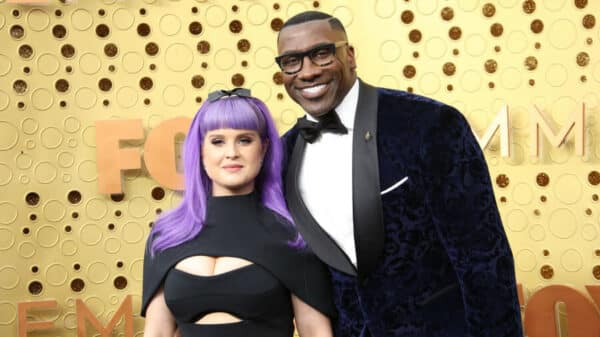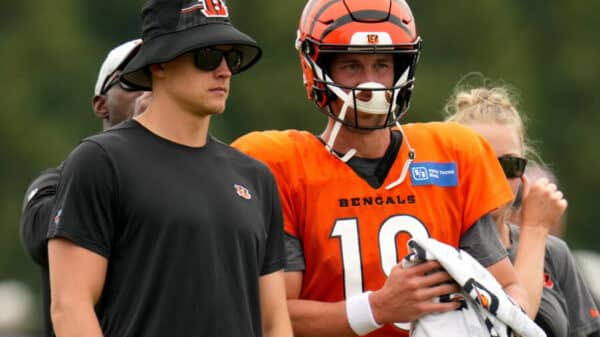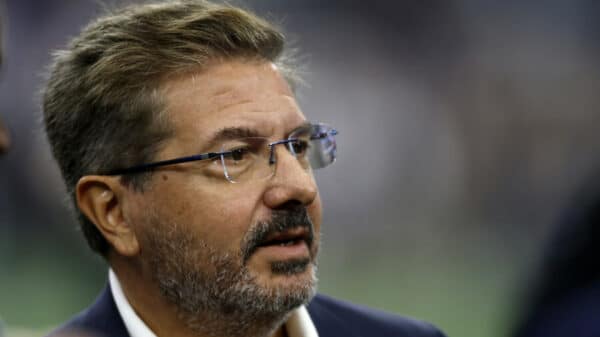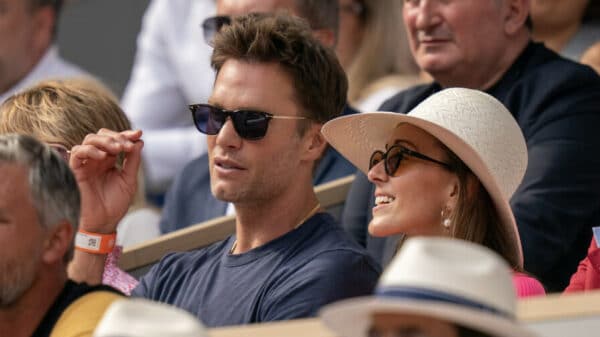The landscape of college football is on the verge of transformation, potentially mirroring the branding strategies seen in European soccer. The introduction of logos on team uniforms may be one of the most significant changes in the game.
The NCAA has kicked off discussions around a groundbreaking proposal that would permit advertisements on college football uniforms. This initiative aims to create additional revenue streams for institutions navigating the challenges of Name, Image, and Likeness (NIL) compensation. According to sources, the NCAA’s Division I Administrative Committee is considering allowing two commercial logos on uniforms for “non-NCAA championship competition,” with a possibility of an additional logo on equipment, such as helmets, by 2026.
Currently, team uniforms only feature branding from manufacturers like Nike or Adidas. However, as higher education sports grapple with increasing costs associated with player compensation, bidding wars for talent through the transfer portal, and the rise of NIL collectives, the proposal reflects an urgent need for schools to innovate financially.
Josh Whitman, Illinois athletic director and committee chair, highlighted that the introduction of this proposal signals the NCAA’s commitment to evolving its regulations within Division I sports. He emphasized the importance of identifying new revenue opportunities to fully support the financial benefits available to student-athletes in this new era of college sports.
In essence, schools are eager to capitalize on the financial potential created by NIL, seeking their fair share of this burgeoning market.
While fans may initially react negatively to the concept of advertisements on uniforms, the NCAA hopes that such outrage will subside once the financial benefits are realized. Over time, patches on jerseys and helmets may come to be viewed as a minor change.
Furthermore, it is plausible that the NFL could take cues from this trend. As college football adjusts to this new reality, it’s only a matter of time before professional leagues explore similar avenues for additional revenue.



